Zugunruhe is one of those perfect German words that have no equivalent in English, so we Anglophones just decided to steal it outright.
The word translates as “migration-anxiety” and describes what we imagine is a feeling of restlessness that compels birds to migrate. The instinct to fly is encoded and so powerful that a warbler or oriole that was hatched and raised in a single woodlot in New England will suddenly up and fly thousands of miles south to a place it has never seen before. Zugunruhe seems irrepressible, too — studies have found that the European songbirds known as garden warblers will start trying to migrate even when put in cages.
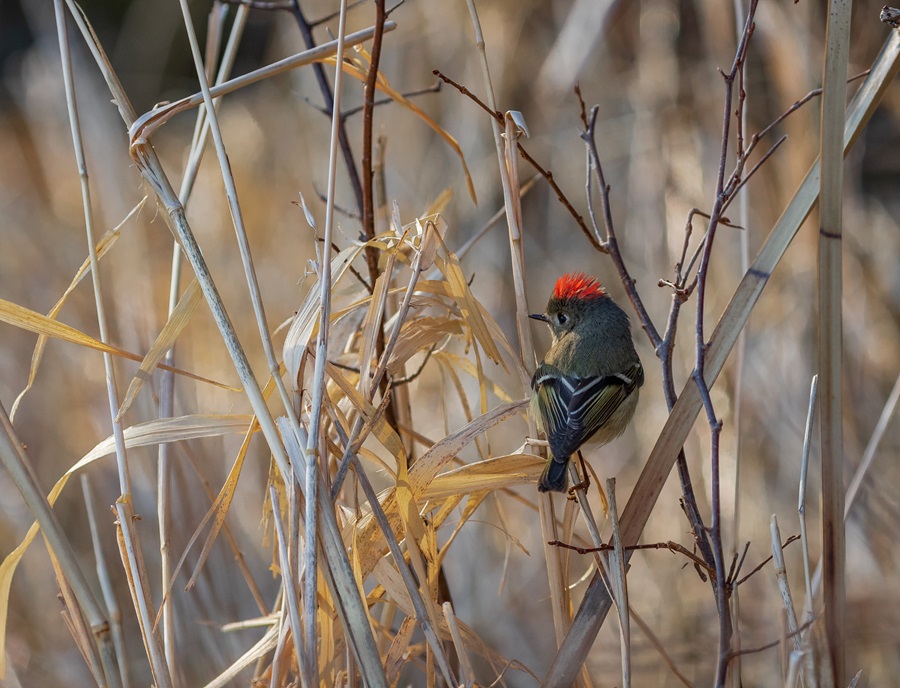
But on Cape Cod, some birds seem to repress their zugunruhe just fine. Every winter, a handful of warm-weather birds will linger well past their regular migration dates and try to spend the winter on the Outer Cape.
Why some migratory birds linger here when most members of their species leave is not clear. But one thing is certain: the Outer Cape, with its relatively temperate winters and abundant habitat, is a good place to see them.
The diversity of birds that can show up as lingerers here is exceptional. There are some species that stay late more regularly, like palm warblers and ruby-crowned kinglets, but nearly any bird can be a lingerer. I’ve seen warblers like common yellowthroats and marsh birds like saltmarsh sparrows in January, months after most of their kind have left. Two weeks ago, I made a brief stop at Crystal Lake in Orleans and turned up a spotted sandpiper, a shorebird that usually leaves in October, feeding in the leaf litter on the beach.
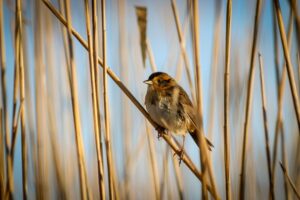
It is always a pleasant surprise to find one of these warblers, orioles, sparrows, or other birds that should be thousands of miles south by now. The pastel orange of a Baltimore oriole’s face or the pear green of an orange-crowned warbler’s breast are welcome reprieves from the grays and browns of the winter landscape and the usual sightings — particularly knowing how rare the sighting is.
Perhaps the most iconic lingering species out here is the robin-size bird known as the yellow-breasted chat, whose lemon breast, brown back, and long tail are distinctive. On the Outer Cape, they seem to show up only as lingerers — they breed farther south and most of them winter in the tropics. A handful come north to winter, however, skulking among the thickets.
It’s nice to find a chat feasting on berries on a cold winter day, but it’s not necessarily easy. There is an art to finding lingering birds. Understanding where food persists, where birds might find shelter, and how they might access little pockets of heat takes years of practice and intimate knowledge of an area.
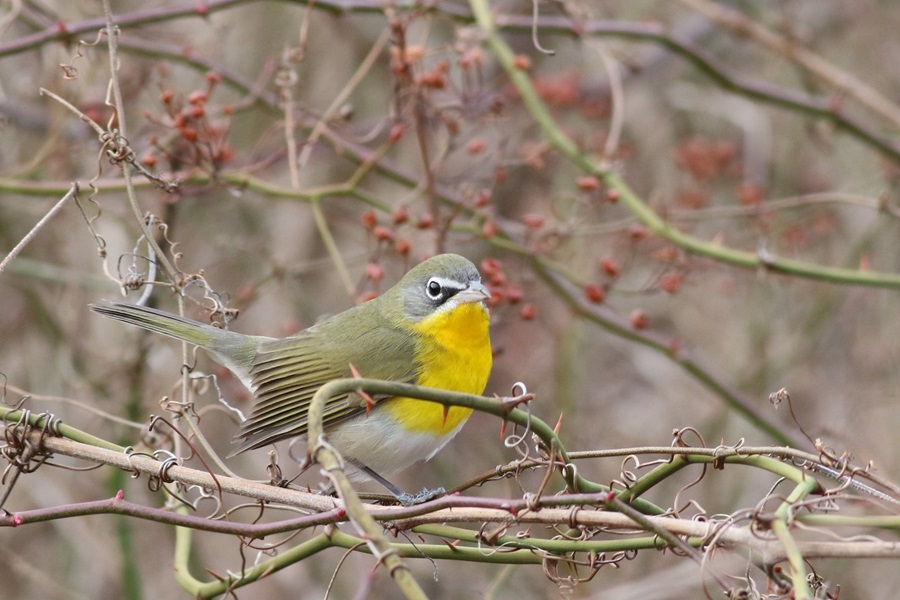
Having lived on the Outer Cape for less than two years, I confess that I am not an expert at finding lingerers here. But so far, I’ve learned that one key to finding lingering birds seems to be looking in wet thickets. They offer everything a warm-weather bird could want: there’s plenty of water to drink, the bushes hold berries and hibernating insects to eat, and the dense brush protects them from icy winds and predators alike.
The density of thickets on the Outer Cape is remarkable, so there is plenty of habitat to search. In Eastham, the areas around Nauset Marsh are loaded with thickets, particularly around the Coast Guard Beach parking lot and the area around Fort Hill. And even though Provincetown has little fresh water, there is some denser brush around Beech Forest that can host lingering birds.
The best thicket birding on Outer Cape is in the Herring River watershed in Wellfleet and Truro. Old County Road, High Toss Road, Bound Brook Island Road, Pamet Point Road, and Walker Conservation Area all hold swaths of dense brush, often laden with berries, that can be magnets for lingering birds.
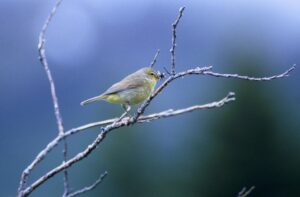
When searching for lingerers, I start by looking at other birds. Regular wintering species like chickadees, song sparrows, and yellow-rumped warblers also love thickets, and large flocks of them in one spot is usually a sign that there is a lot of food there. Occasionally, I’ve found the lingerers alone. The best way to do that is by sound: these birds will likely be skulking deep in the brush, but they will occasionally emit call notes, which can clue you in to their presence.
There’s sometimes a sense of melancholy in finding these lingering birds. The conventional wisdom is that they shouldn’t be here now. All the rest of their species have gone south — and for good reason. The birds that linger here risk succumbing to the cold. Their zugunruhe has failed, it seems, and they may die for it.
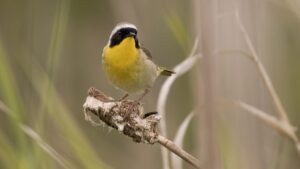
But there may be advantages to staying behind. All the other birds that lingerers might compete with are gone, so whatever food remains is theirs for the taking. And the yellow-breasted chats that choose to fly north for the winter every year must be finding some advantage in it.
Perhaps all these other warblers and sparrows are trying the same thing as the chats. Maybe they’re not doomed but are simply trying something different. Perhaps they actually prefer the quiet of winter on the Outer Cape. After all, they wouldn’t be the only ones who choose to stick around and enjoy it.



